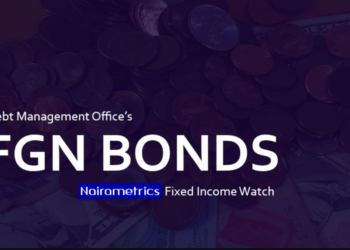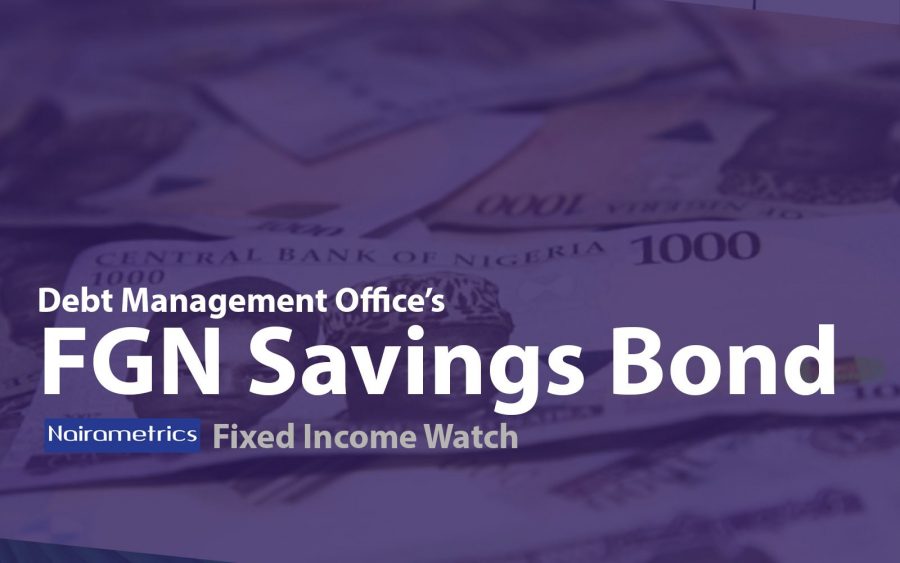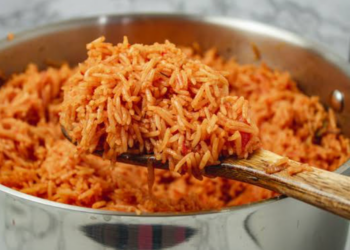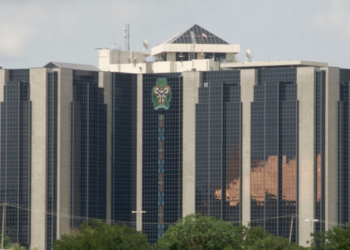Bond yields revved up over the last one week driven by sell-offs on auction bonds (in particular the 25-year) where yields crossed 13%. Though the Q2 2021 bond auction calendar points to a modest increase in borrowings by the DMO, the underlying driver of the sell-off appears to be forced liquidations of excess short-money positions from the March 2021 bond auction, amid another short-lived strain in the banking sector liquidity.
Liquidity squeeze across money markets drive money market rates higher: The step-down in OMO maturities over April implied that money markets were heading into a tight liquidity period. Unlike the usual NGN200-300billion weekly maturities, April opened to only NGN49billion in OMO maturities which implied tight funding positions across. Accordingly, interbank lending rates spiked to 30%, and though this subsequently receded, it remained in double digits. Placement rates for large institutions have moved to 7-8% from 0-1% levels at the start of 2021.
READ: OPEC, NSE, MTN, other developments and how they affect your pocket
‘Margin calls’ trigger sell-offs on the 25-year, resets curve to December 2019 levels: The steepening along the Naira yield curve resumed last week with an average increase of 41bps (YTD: +439bps) driven by over 120bps jump in the 25-year bond (2045). As I noted in my review following the bond auction, the DMO overallotment meant that everyone who needed a bond got on including speculative bids from short-money accounts (brokers). The overallotment resulted in these short-money winners having more bonds than their leverage financed positions could have permitted implying these excess positions needed to be sold off. Unfortunately, the over-allotment meant limited secondary market demand at current yield levels. Compounding the situation was the funding squeeze across the banks, who now applied pressure on these short-money positions to exit these auction bond positions (a sort of margin call). As consequence, these 2045 bond auction winners soon turned into desperate sellers and flooded the market with offers seeking to hit the bids. Above 13%, demand predictably returned and helped calm markets. Beyond the 2045, there were limited desperate offers on the other tenors which has resulted in a mispricing that should adjust in the coming days. The lesson here is in a tight liquidity environment as we are moving towards, bond auction over-allotments hold the risk of sell-offs by short-money traders.
READ: Stock Market end first quarter in deep red
Figure 2: NGN Yield Curve
 Source: FMDQ, NBS
Source: FMDQ, NBS
Q2 2021 Bond calendar: The Debt Management Office (DMO) released the Q2 issuance calendar wherein it will seek to borrow between NGN450-540billion with the upper end pointing to an extra NGN90billion worth of sales. In my opinion, the bond calendars are not indicative of the evolution of actual borrowings as the DMO has shown a pattern of being highly sensitive to market liquidity conditions (with overallotments in coupon heavy months and under allotments during tight spells) while making maximum use of non-competitive bids. For evidence look no further than in Q1 2021 when the DMO sold bonds with face value of NGN637billion well above target of NGN450billion. Perhaps surprising is the planned re-opening of the 2049s at the May auction which looks odd but could indicate the existence of a large non-competitive bidder who wants the tenor.
READ: NSE-30 companies lose N1.13 trillion in market capitalisation year-to-date
FX reserves continue to track higher, Eurobond conversations get underway: Foreign reserves continued to rise, up 0.6% w/w to USD34.9billion which suggests the impact of higher oil prices is starting to feed through. This comes just as news of parties being appointed for a Eurobond sale gathers steam. Depending on the size, and I expect a record sale, near term foreign reserve outlook appears positive. Throw in the upward adjustments in interest rates and moves to cultivate remittance inflows, Naira outlook appears on less shaky footing than in recent times. On this wise, the currency continues to hold around the NGN410/$ handle in the NAFEX window (Friday: NGN409/$) and NGN482/$ at the parallel market.
The Week ahead (April 12-April 16, 2021)
In the week ahead, system inflows are thin comprising OMO bills (NGN10billion) and NTB maturities (NGN70billion). As such there will be an NTB auction on Wednesday and possibly an OMO sale on Thursday. In keeping with the trend in recent auctions, the 1yr will likely take another step closer to parity with the OMO bill with a potential stop rate of 8.5-9%. A flurry of large corporate debt sales is also underway led by MTN and Dangote Cement which could take out NGN200billion. Funding pressures will continue to force banks to reduce trading positions but on a lesser scale than in the prior week. In terms of data releases, the NBS should announce the March inflation numbers.
READ: Naira gains at NAFEX window despite 26.2% drop in dollar supply
Inflation likely accelerated in March to over 18%: The National Bureau of Statistics (NBS) looks set to publish the March 2021 inflation numbers. Though fuel prices have stabilized after Nigerian authorities elected to continue working out a resolution with labour unions, food prices have continued to accelerate over the lean season. Though monthly trends likely remained sticky, the year-on-year comparison still points to over 20% increases in food prices which cover over half of the CPI basket. With this in my mind, my expectation is for the headline print to come in at 18-18.2% with the monthly print at 1.55-1.58%.
Term premiums have started to moderate reflecting the NTB re-pricing but the next big move on interest rates is the May 2021 MPC with the key data point of Q1 2021 GDP. In the event, Nigeria consolidates on the exit from recession with a positive growth read, then I expect the CBN to hike monetary policy rates by 200bps accompanied by an upward adjustment in the 1-year OMO and May 2021 SPEB maturities to at least over 12-13% levels as a first step towards managing inflation expectations.





















